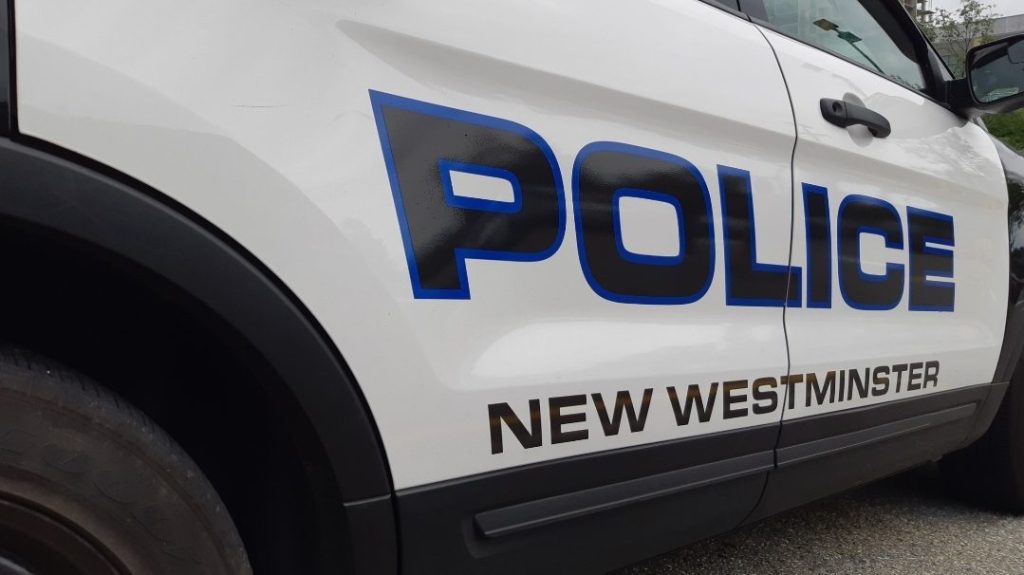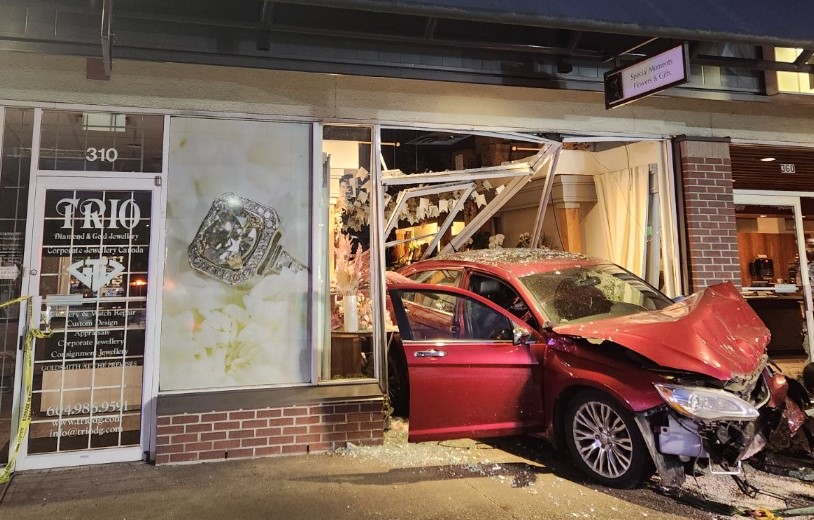Twenty-five years ago, downtown Vancouver erupted into chaos
Posted June 14, 2019 10:55 pm.
Last Updated June 15, 2019 9:50 am.
VANCOUVER (NEWS 1130) – “It’s a really uncomfortable feeling to be stung by tear gas.”
Twenty-five years later, Stu McNish can vividly remember what it was like when the toxic fumes discharged by Vancouver police weapons wafted up to where he was supposed to observe and report for the TV news.
“It’s a moment that gets seared into your memory, no doubt about it.”
McNish, a former reporter with then BCTV, and his camera operator had been stationed on a rooftop at Robson and Thurlow, to watch how the crowd was going to react to either a victory or a defeat on June 14, 1994.
It was Game 7 in the Stanley Cup finals. The Canucks lost to the New York Rangers 3-2.
From 50,000 to 70,000 people had gathered in the downtown to take in the excitement.
McNish remembers one man climbing a light pole and walking across the intersection on a wire. Then another man tries the same thing, and falls.
An ambulance that was dispatched gets held up by the crowd, which starts to rock the vehicle from side to side.
Six police officers on bicycles are now surrounded by an increasingly agitated crowd.
McNish says that’s when more police arrived.
“So they tried to disperse the crowd which seemed to be the ignition point. The crowd didn’t want to disperse,” he says.
“From there, the place erupted. It turned into a full-blown conflict between police and people on the street.”
And for the next few hours, riot police would try to take control with tear gas and rubber bullets.
“Broken windows, looting, cars were trashed. It was very similar to what happened in the second riot,” McNish recalls, referring to the second Stanley Cup riot in 2011.
Damage in 1994 amounted to about $1 million. Through it all, McNish had to go live.
“I choked out probably one of the worst live performances of my life because I’m in pain from the tear gas.”
About 200 people were injured.
In an era before smart phones and social media, investigators went after TV footage to catch the hooligans.
“The police said they wanted our footage. The response from the newsroom is that it wasn’t theirs to have. So we took them to court.”
Ultimately, police did get access to the images and they made 150 arrests.










